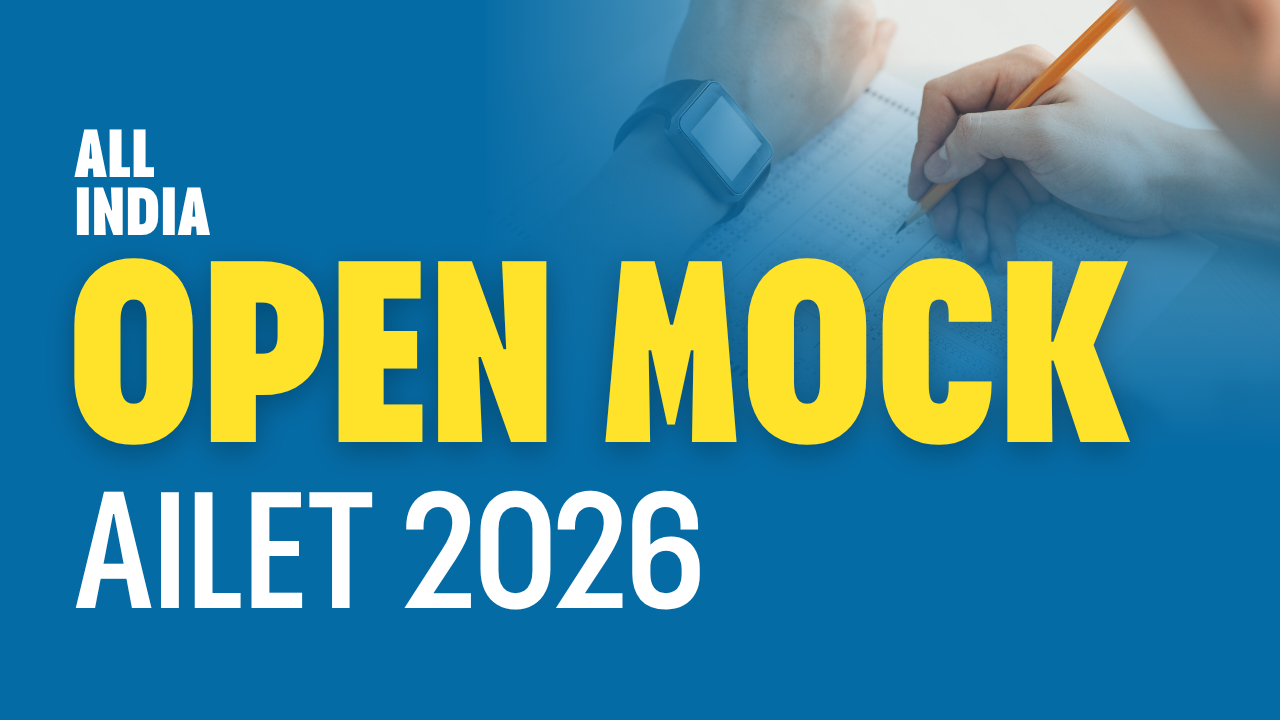By I Apr 08, 2024

Introduction to CLAT and CUET Preparation
Embarking on the journey to prepare for the Common Law Admission Test (CLAT) and the Common University Entrance Test (CUET) simultaneously is a bold step towards achieving your academic and career goals. These two examinations, serving as pivotal milestones for aspiring law students and undergraduates, demand a unique blend of dedication, strategic planning, and smart study techniques. This guide is crafted to demystify the preparation process, making it more accessible and manageable for aspirants.
Understanding CLAT and CUET: An Overview
At the core of successful exam preparation is a thorough understanding of what each exam entails. The CLAT is designed to assess candidates' aptitude for law, focusing on areas such as legal reasoning, logical reasoning, and general knowledge. On the other hand, the CUET aims to evaluate a broader range of abilities, catering to various undergraduate programs with its diverse subject offerings.
Key Differences and Similarities
Despite their different focus areas, both exams test critical thinking, comprehension, and general awareness. Recognizing the overlapping areas in their syllabi can significantly optimize your study efforts. For instance, the general knowledge and current affairs section in CLAT and the general test in CUET have similar content requirements, allowing for combined study sessions.
Strategizing Your Study Plan
Creating a Customized Study Schedule
The essence of balancing CLAT and CUET preparation lies in crafting a personalized study plan that aligns with your learning pace, strengths, and weaknesses. This involves allocating study hours in a manner that covers both exams' syllabi without leading to burnout.
Balancing CLAT and CUET Syllabi
An effective strategy includes integrating study times for common subjects while setting aside specific periods to focus on exam-specific topics. This approach ensures a comprehensive coverage of both exams' requirements.
Essential Study Materials and Resources
Selecting the right study materials is critical. Opt for authoritative resources that comprehensively cover the syllabi and provide insightful analyses where necessary. Additionally, engaging with online platforms offering updated practice questions and mock tests can greatly enhance your preparation.
Mastering Time Management
Effective Time Allocation Techniques
Time management is the linchpin of successful exam preparation. Organizing your daily schedule to include dedicated study blocks for each subject, along with time for revision and mock tests, is vital. Remember to set realistic goals and celebrate small achievements to stay motivated.
Subject-wise Preparation Tips
Adopting tailored strategies for different subjects can significantly elevate your preparation level. For CLAT, focus on understanding legal principles and practicing logical reasoning questions. For CUET, especially in quantitative sections, prioritize regular practice to enhance speed and accuracy.
Legal Aptitude and Logical Reasoning for CLAT
Dive deep into legal terminologies and principles, and stay updated with current affairs. Practicing past papers will help in familiarizing yourself with the exam pattern and improving your answering speed.
Quantitative Techniques for CUET
Understanding Patterns and Practice
Emphasize understanding the underlying concepts and practicing a variety of problems to build a solid foundation in quantitative aptitude.
Enhancing Test-taking Skills
Mock Tests and Sample Papers
Regular practice with mock tests for both CLAT and CUET is invaluable. It not only aids in familiarizing yourself with the exam layout but also helps in identifying weak areas that require further attention.
Stress Management and Well-being
Healthy Study Habits
Incorporating healthy study habits, such as taking regular breaks, engaging in physical activity, and pursuing hobbies, is essential for maintaining mental well-being and ensuring sustained motivation throughout your preparation journey.
Leveraging Technology in Preparation
Educational Apps and Websites
Make the most of the plethora of online resources available, including educational apps, websites, and virtual study groups. These platforms offer a wealth of information and practice materials that can be extremely beneficial.
Community and Peer Support
Study Groups and Discussion Forums
Connecting with peers who are also preparing for the exams can offer moral support and facilitate the exchange of knowledge and strategies, enriching your preparation experience.
Exam Day Strategies and Tips
Last-minute Preparation Tips
Focus on revising key points and summaries the day before the exam. Ensure you have all necessary documents and materials ready to avoid last-minute stress.
FAQs on Preparing for CLAT and CUET Simultaneously
How do I effectively manage my time for both exams?
Managing your time effectively requires a strategic approach. Start by creating a detailed study schedule that allocates time to both CLAT and CUET preparations, focusing on overlapping subjects to maximize efficiency. Use tools like calendars or study apps to block out study times, breaks, and revision sessions. It's also crucial to assess and adjust your plan regularly based on your progress and comfort level with each subject.
Can the same study materials be used for CLAT and CUET preparation?
Yes and no. While some study materials, especially those related to general knowledge, current affairs, and logical reasoning, can be used for preparing for both exams, it's important to use specialized resources for exam-specific sections. For example, CLAT-specific legal reasoning materials and CUET-specific materials for domain-specific subjects should be part of your resources.
How many hours of study are recommended daily?
The number of study hours can vary depending on individual learning speeds, familiarity with the subjects, and personal commitments. However, a balanced approach would be to dedicate 3-4 hours daily for CLAT preparation and a similar amount for CUET, adjusting as needed for weaker subjects or as the exam dates approach. Remember, quality over quantity matters more in effective preparation.
What are effective stress management strategies during exam prep?
Effective stress management strategies include maintaining a healthy lifestyle with proper sleep, nutrition, and exercise; taking short, regular breaks during study sessions; setting realistic goals; and practicing mindfulness or relaxation techniques. Additionally, stay connected with friends and family for emotional support and consider joining study groups or forums to share concerns and solutions.
How crucial are mock tests in the preparation strategy?
Mock tests are indispensable in your preparation strategy. They help familiarize you with the exam format, time constraints, and question patterns. Regular practice with mock tests can significantly improve your time management, problem-solving speed, and confidence. Aim to take mock tests under exam-like conditions and analyze your performance to identify and work on weak areas.
On exam day, what should be my main focus areas?
On exam day, your main focus should be on staying calm, managing your time efficiently, and ensuring you read every question carefully before answering. Prioritize questions you are confident about to secure marks early on and leave more challenging questions for later. Remember to keep track of time and save a few minutes at the end for a quick review of your answers.
By addressing these FAQs with thoughtful strategies and preparation tips, you're better equipped to tackle the demands of preparing for the CLAT and CUET exams simultaneously, paving your way towards achieving your academic goals.
For more informative blogs on CLAT and CUET preparation, Click Here!!



